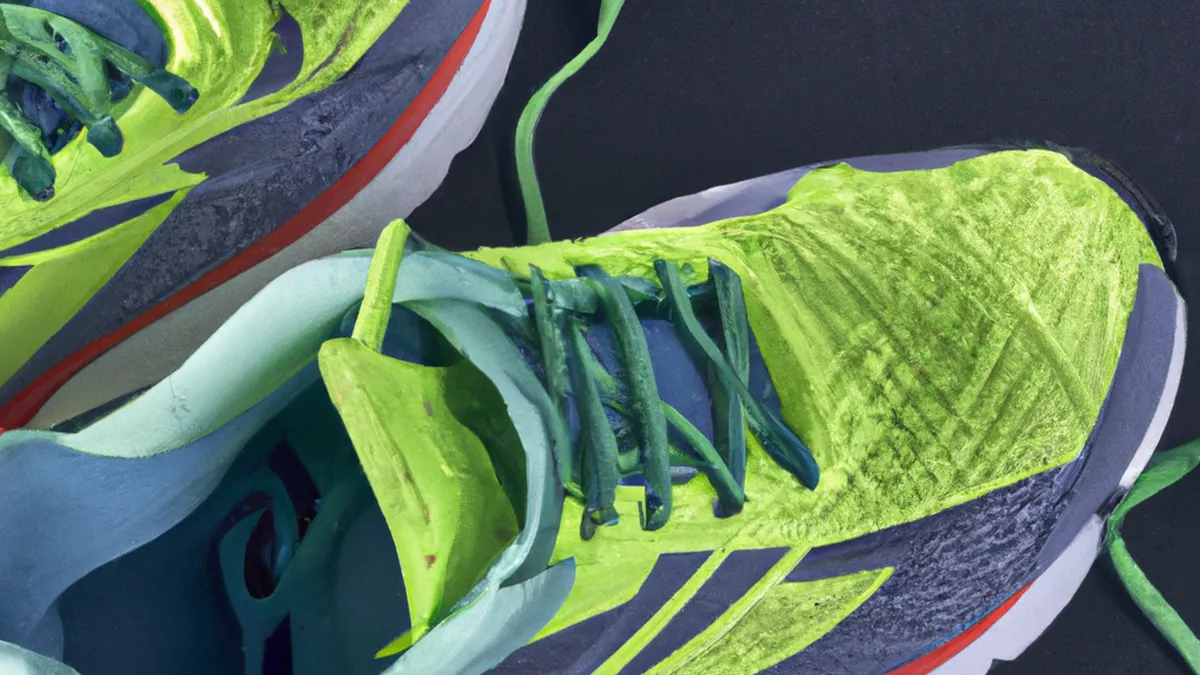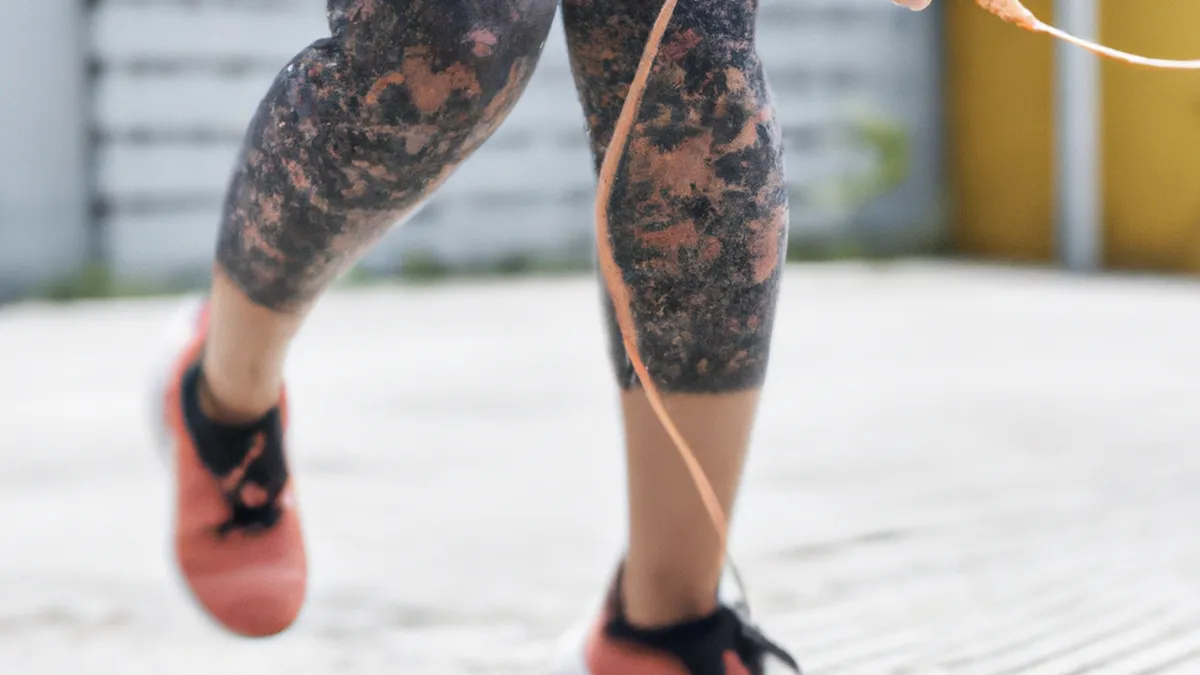Revitalize Muscles: Foam Roll Effectively
Foam Rolling Techniques for LiftersLifters often use foam rolling to enhance recovery, improve performance, and prevent injuries. This self-myofascial release technique has gained popularity among fitness enthusiasts. In this blog post, we will explore effective foam rolling techniques for lifters, the science behind foam rolling, and its benefits.
Understanding Foam Rolling
Foam rolling involves applying pressure to muscle tissue. This method alleviates tension and improves blood circulation. The foam roller massages muscles and fascia, the connective tissue surrounding them. Weightlifting causes micro-tears, leading to muscle tightness. Foam rolling breaks down tight areas, promoting better muscle function and recovery.
Benefits of Foam Rolling for Lifters
1. **Enhanced Recovery**: Foam rolling reduces delayed onset muscle soreness (DOMS) after intense lifting. Increased blood flow delivers oxygen and nutrients, speeding up recovery.2. **Improved Flexibility**: Regular foam rolling enhances your range of motion. Increased flexibility improves lifting techniques and reduces injury risk, essential for effective workouts.3. **Injury Prevention**: Foam rolling identifies and relieves tight spots in muscles. Addressing these issues prevents imbalances and injuries over time.4. **Stress Relief**: Foam rolling promotes relaxation and reduces stress levels. This self-care practice enhances mental well-being and maintains training motivation.
Essential Foam Rolling Techniques for Lifters
As an Amazon Associate I earn from qualifying purchases.
Gear tip: consider foam roller, massage gun, and lacrosse ball to support this topic.
Use effective techniques to maximize foam rolling benefits. Focus on these key muscle groups:
1. Target Major Muscle Groups
Lifters rely heavily on specific muscle groups. Target these areas during your foam rolling sessions:- **Quadriceps**: Sit on the floor with the roller under your thighs. Roll from your hips to your knees, pausing on tight spots.- **Hamstrings**: Sit with legs extended and place the roller under your hamstrings. Roll from your knees to your glutes, adjusting for added pressure.- **Glutes**: Sit on the roller with one ankle crossed over the opposite knee. Lean toward the crossed leg and roll over your glutes.- **Calves**: Sit with one leg over the roller.
Conclusion
Incorporate these foam rolling techniques into your routine for better recovery and performance. Prioritize your muscle health and injury prevention.
Below are related products based on this post:
FAQ
What is foam rolling?
Foam rolling is a self-myofascial release technique that involves applying pressure to muscle tissue. It helps alleviate tension, improves blood circulation, and massages muscles and fascia, which is the connective tissue surrounding them.
What are the benefits of foam rolling for lifters?
Foam rolling offers several benefits for lifters, including enhanced recovery by reducing delayed onset muscle soreness, improved flexibility which aids in better lifting techniques, and injury prevention by relieving tight spots in muscles. Additionally, it promotes stress relief and mental well-being.
Which muscle groups should I target when foam rolling?
When foam rolling, focus on major muscle groups such as the quadriceps, hamstrings, glutes, and calves. Targeting these areas will maximize the effectiveness of your foam rolling sessions and support better recovery and performance.















Post Comment